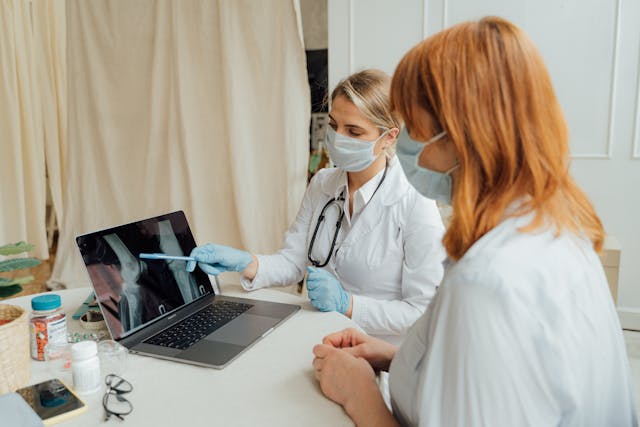Introduction
Venous thromboembolism (VTE), encompassing deep vein thrombosis (DVT) and pulmonary embolism (PE), remains a major cause of morbidity and mortality in hospitalized and at-risk populations. Says Dr. Andrew Gomes, effective prevention requires identification of patients at risk and the implementation of evidence-based prophylactic measures. Recent advances in risk stratification models and prophylactic protocols have improved the ability to target preventive strategies while minimizing complications such as bleeding.
Optimized VTE prevention relies on integrating patient-specific risk factors, clinical judgment, and guideline-directed interventions. By tailoring prophylaxis to individual risk profiles, healthcare providers can reduce VTE incidence and improve patient safety outcomes.
Risk Stratification Models
Risk stratification is central to VTE prevention. Tools such as the Caprini score, Padua prediction model, and Kucher score assess individual patient risk based on factors including age, comorbidities, immobilization, prior thromboembolism, and surgical or medical interventions. These validated models guide the selection and intensity of prophylactic measures.
Incorporating both static and dynamic risk factors allows clinicians to adjust prophylactic strategies throughout hospitalization. Electronic health records and clinical decision support systems increasingly facilitate real-time risk assessment, ensuring timely intervention and adherence to best-practice guidelines.
Pharmacologic Prophylaxis
Pharmacologic prophylaxis remains a cornerstone in VTE prevention for high-risk patients. Agents such as low-molecular-weight heparin, unfractionated heparin, and direct oral anticoagulants (DOACs) are commonly employed. Selection depends on patient-specific factors including renal function, bleeding risk, and surgical context.
Recent studies highlight the importance of dosing optimization, timing, and duration to maximize efficacy while minimizing adverse events. Individualized regimens guided by risk stratification models ensure appropriate anticoagulant use, reducing both under- and overtreatment and improving patient outcomes.
Mechanical and Combined Approaches
Mechanical prophylaxis, including graduated compression stockings and intermittent pneumatic compression devices, offers an alternative or adjunct for patients with contraindications to anticoagulation. Combining mechanical and pharmacologic strategies is often indicated in high-risk populations, such as post-operative orthopedic or critically ill patients.
Optimization involves device selection, proper sizing, and patient adherence, which are essential for effectiveness. Integration of mechanical methods with pharmacologic protocols enhances overall prevention and can significantly reduce the incidence of VTE in hospitalized and perioperative populations.
Implementation and Future Directions
Effective VTE prevention programs require standardized protocols, interdisciplinary collaboration, and continuous quality improvement. Education of healthcare providers, audit of adherence to guidelines, and feedback systems contribute to sustained implementation and risk reduction.
Emerging strategies include the use of predictive analytics, AI-driven risk models, and individualized prophylactic algorithms. Future developments may enable real-time monitoring of coagulation parameters and early detection of thrombotic events, further refining prevention strategies and enhancing patient safety.
Conclusion
Venous thromboembolism prevention is a critical component of patient safety in both surgical and medical settings. Through validated risk stratification models and optimized prophylactic protocols, clinicians can tailor interventions to individual patient profiles, minimizing VTE incidence and adverse outcomes. Continued integration of predictive analytics, guideline-based strategies, and interdisciplinary collaboration will further strengthen VTE prevention efforts and improve overall healthcare quality.

